Building Automation (BMS & EMS)
Building Automation (BMS & EMS)
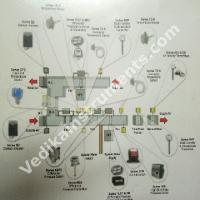
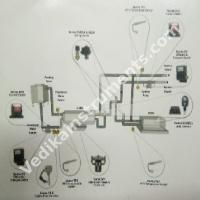
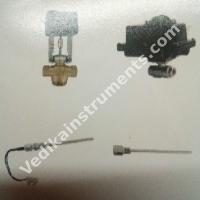
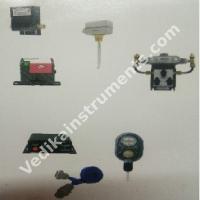
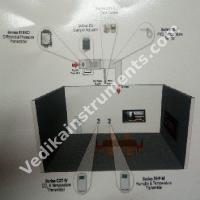
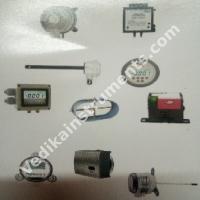
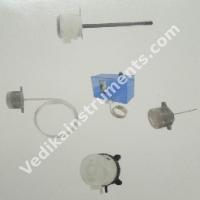
Vedika Instruments offers PC based control technology, which has already been used successfully for almost decades in all areas of industrial automation, has become an integral component of intelligent building automation. A building management system (BMS), often known as a building automation system (BAS) and EMS often known as environment monitoring system is a computer-based control system installed in building that controls and monitors the building’s mechanical and electrical equipment such as ventilation, lighting, power system, fire system & security system. Shriji offers a universal scalable building automation control system covering PC and Ethernet based controllers and modular I/O system for logging all data points in buildings. Application Heating & Cooling Application. Heating & Cooling Application 1. Water Mixing Valve: Three-way valves are used to mixed return & supply water and chilled and hot water together. Product used Globe with electric actuator or ball valve with electric actuator. Variable Air Volume Application 1. Air Volume Control: The Amount of air added to the zone is controlled by opening and closing the air duct via a damper with a damper actuator which receives a feedback signal from a differential pressure transmitter. Product used Damper Actuator and DP transmitter. Outdoor & Parking Garage Application 1. Outdoor humidity/temperature sensors are used for determining how much outside air to bring into the building for economizer application. Product used Humidity/Temperature Transmitters. Air Handler Application 1. Dirty Filter Alarm: The differential pressure loss across the filter is monitored. Product used Pressure Switch & DP Transmitter. |
